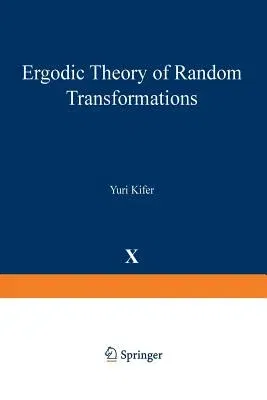Yuri Kifer
(Author)Ergodic Theory of Random Transformations (Softcover Reprint of the Original 1st 1986)Paperback - Softcover Reprint of the Original 1st 1986, 2 June 2012

Qty
1
Turbo
Ships in 2 - 3 days
In Stock
Free Delivery
Cash on Delivery
15 Days
Free Returns
Secure Checkout
Part of Series
Progress in Probability
Print Length
210 pages
Language
English
Publisher
Birkhauser
Date Published
2 Jun 2012
ISBN-10
1468491776
ISBN-13
9781468491777
Description
Product Details
Author:
Book Edition:
Softcover Reprint of the Original 1st 1986
Book Format:
Paperback
Country of Origin:
NL
Date Published:
2 June 2012
Dimensions:
22.86 x
15.24 x
1.19 cm
ISBN-10:
1468491776
ISBN-13:
9781468491777
Language:
English
Location:
Boston, MA
Pages:
210
Publisher:
Series:
Weight:
303.91 gm

